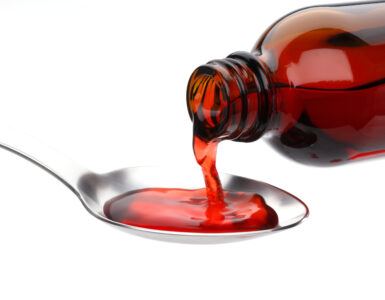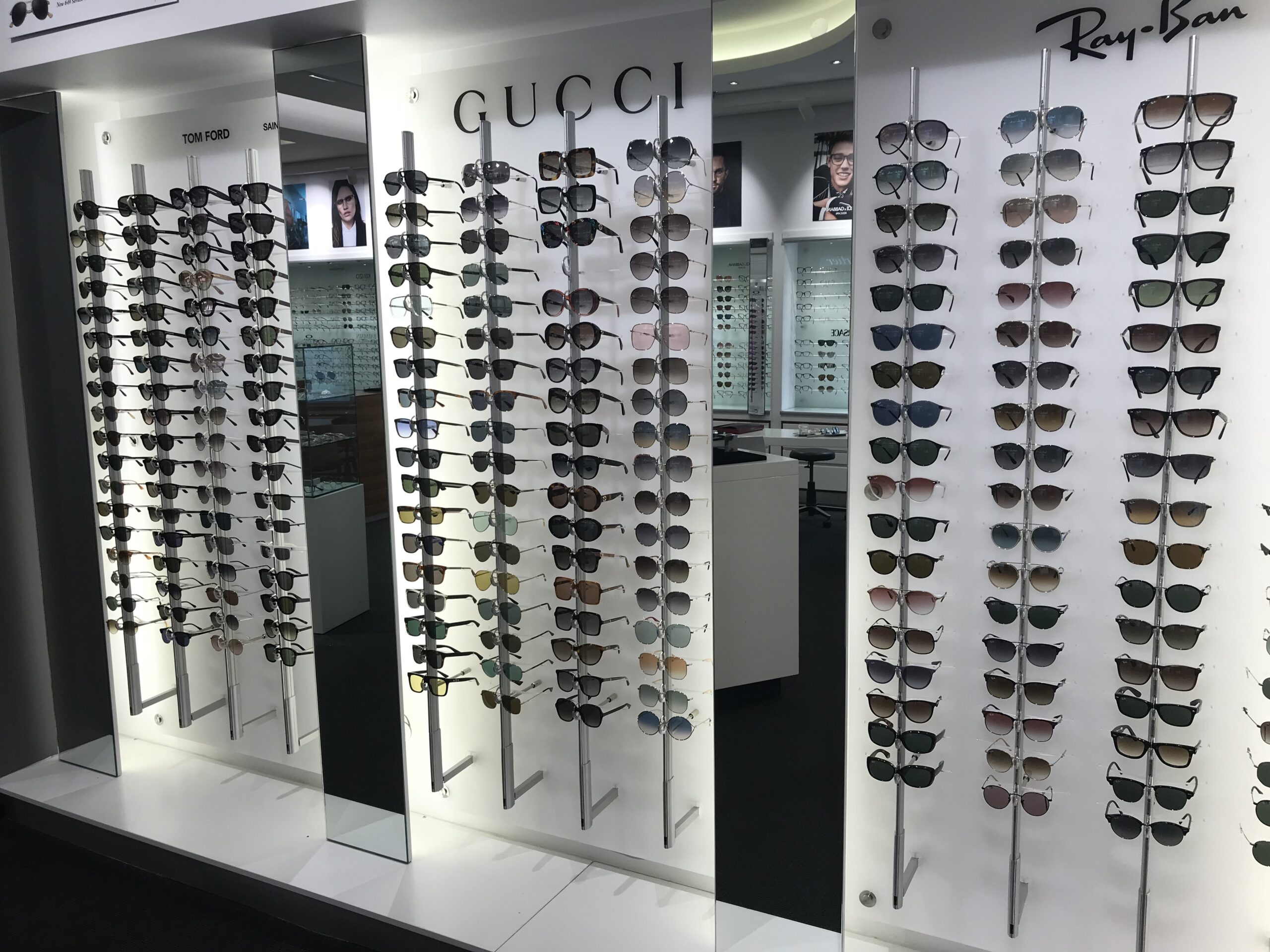According to new studies published in JAMA Dermatology on 3 September 2014, airline pilots and cabin crew are twice as likely to develop melanomas than the general populace due to radiation exposure at higher flight altitudes.
According to the study, pilots are 2.2 times more likely to develop melanomas than the general populace, and cabin crewmembers (flight attendants) are 2.08 times more likely to develop the same kind of tumours. In addition, pilots are 83% more likely and cabin crew are 73% more likely to die from melanomas than the general populace.
Scientists from universities in California, Italy and the US Food and Drug Administration (FDA) examined 19 published research reports to investigate the occupation-related risk of melanoma for airline crews. Data from 266,431 participants was examined, and this revealed the extent of the occupational risk.
Increased radiation with increased flight altitudes
Studies show that aircraft crew are at greater risk of developing melanomas due to flying at higher altitudes (40 thousand feet) where the crew is exposed to UV and cosmic radiation.
The quantity of cosmic radiation to which flight crews are exposed is quite well known, and the estimated amount of radiation to which each crewmember is exposed is monitored. Cosmic radiation increases with increased flight altitude and proximity to the magnetic poles. The radiation is believed to approximately double every six thousand feet.
The amount of UV radiation, however, is not known nor is the risk from this radiation.
The authors of the report are of the opinion that it is not necessarily cosmic radiation or even UVB* radiation that exposes air crews to greater risk of developing melanomas. Only approximately 1% of UVB radiation passes through aircraft windows. The annual radiation exposure of airline pilots, moreover, is always under the annual permitted amount.
The average radiation to which the general populace in Iceland is exposed is, according to information from the Icelandic Radiation Protection Institute, 1.2 mSv/year (3.6 mSV/year in the US), while for flight crews, the average radiation exposure is approximately 2 mSv/year. The US Environmental Protection Agency (EPA) is of the opinion that UVB radiation is usually very low and is not of importance.
The scientists, however, unequivocally state that UVA** radiation can pass through aircraft windows and harm pilots and others exposed to the radiation. The higher an aircraft flies, the more harmful UVA radiation is and the greater the strength of the radiation. Strong UVA radiation can harm human DNA and cause mutations in skin cells. In addition, the amount of UVA radiation can double, as the radiation can often be reflected from below if the aircraft flies over clouds or snow-covered mountains.
One cannot rule out that the lifestyle of aircraft crew effects the increased incidences of melanomas in their group, as the correlation between an increased number of flying hours and an increased number of melanomas supports the theory of occupation-related risk.
* (6 mSv/year for aircraft crew)
**(UVA = 280–320 nm, UVB = 320–380 nm)
Sources
http://archderm.jamanetwork.com/article.aspx?articleid=1899248
http://www.gr.is/fraedslan/geimgeislun-a-flugahafnir-i-millilandaflugi/
Author: Geirþrúður Alfreðsdóttir














